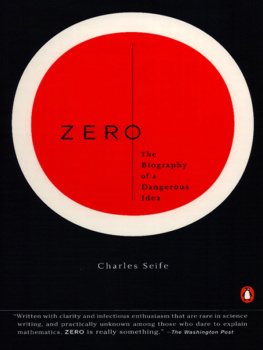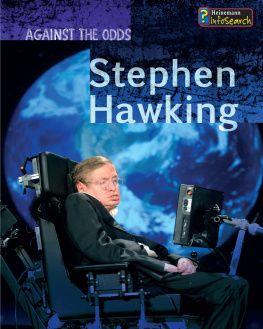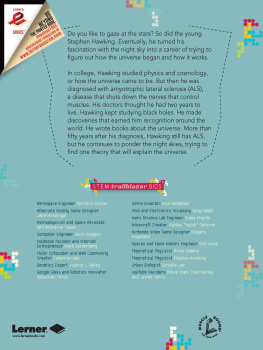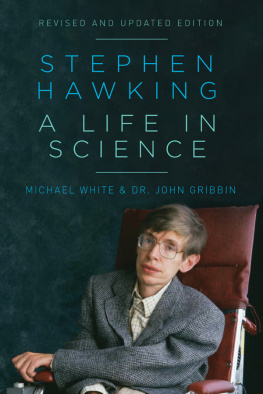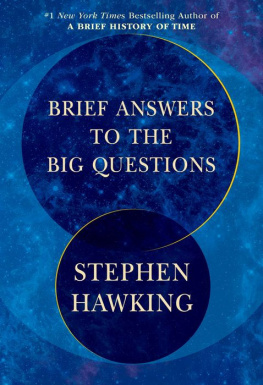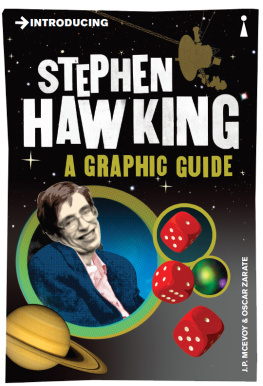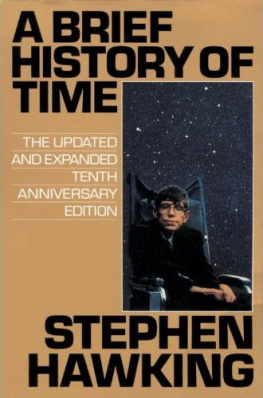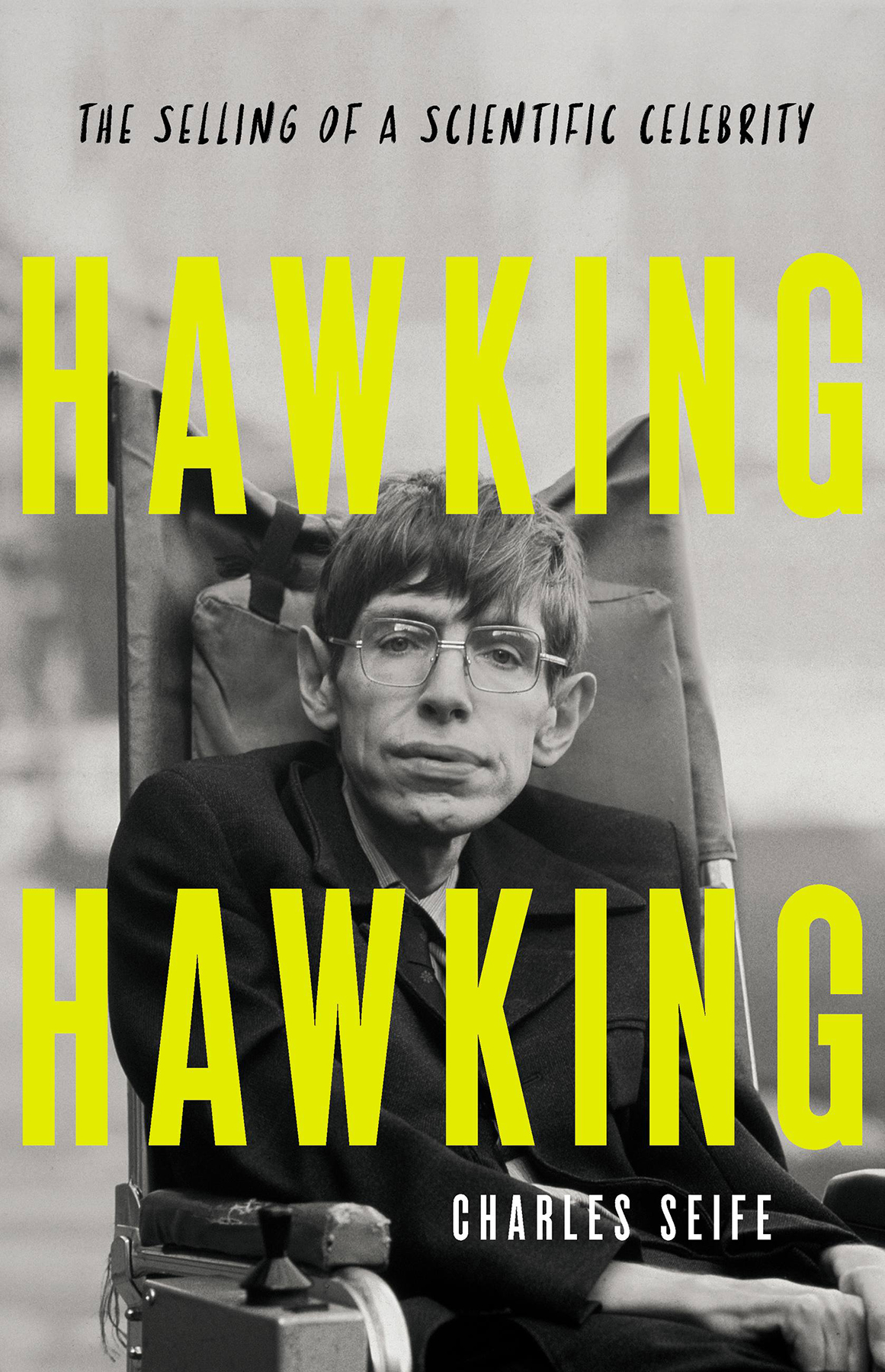
Copyright 2021 by Charles Seife
Cover design by Chin-Yee Lai
Cover image copyright David Montgomery via Getty Images
Cover copyright 2021 by Hachette Book Group, Inc.
Hachette Book Group supports the right to free expression and the value of copyright. The purpose of copyright is to encourage writers and artists to produce the creative works that enrich our culture.
The scanning, uploading, and distribution of this book without permission is a theft of the authors intellectual property. If you would like permission to use material from the book (other than for review purposes), please contact permissions@hbgusa.com. Thank you for your support of the authors rights.
Basic Books
Hachette Book Group
1290 Avenue of the Americas, New York, NY 10104
www.basicbooks.com
First Edition: April 2021
Published by Basic Books, an imprint of Perseus Books, LLC, a subsidiary of Hachette Book Group, Inc. The Basic Books name and logo is a trademark of the Hachette Book Group.
The Hachette Speakers Bureau provides a wide range of authors for speaking events. To find out more, go to www.hachettespeakersbureau.com or call (866) 376-6591.
The publisher is not responsible for websites (or their content) that are not owned by the publisher.
Adapted and redrawn figures are thanks to Shanthi Chandrasekar.
Library of Congress Cataloging-in-Publication Data
Names: Seife, Charles, author.
Title: Hawking Hawking : the selling of a scientific celebrity / Charles Seife.
Description: First edition. | New York : Basic Books, 2021. | Includes bibliographical references and index.
Identifiers: LCCN 2020038838 | ISBN 9781541618374 (hardcover) | ISBN 9781541618381 (ebook)
Subjects: LCSH: Hawking, Stephen, 1942-2018. | PhysicistsGreat BritainBiography.
Classification: LCC QC16.H33 S45 2021 | DDC 530.092 [B]dc23
LC record available at https://lccn.loc.gov/2020038838
ISBNs: 978-1-5416-1837-4 (hardcover); 978-1-5416-1838-1 (ebook)
E3-20210311-JV-NF-ORI
Virtual Unreality: Just Because the Internet Told You So, How Do You Know Its True?
Proofiness: The Dark Arts of Mathematical Deception
Sun in a Bottle: The Strange History of Fusion and the Science of Wishful Thinking
Decoding the Universe: How the New Science of Information Is Explaining Everything in the Cosmos, from Our Brains to Black Holes
Alpha and Omega: The Search for the Beginning and End of the Universe
Zero: The Biography of a Dangerous Idea
T he Daily Mail loved Stephen Hawking far more than Stephen Hawking loved the Daily Mail. Even by UK tabloid standards, the Mails science coverage was either laughable or infuriating, depending on your point of view. The papers pages were always chock-full of headlines about scientific researchresearch often hyped by the Mails writers almost beyond the point of recognition. All the better to grab the attention of an audience.
Nobody could grab an audience like Stephen Hawking, so his name regularly graced the tabloid pages. Usually not in a flattering light. The professor was typically either a harbinger of doomwarning of imminent death due to global warming, robot rebellion, alien invasion, or other catastrophesor he was at the center of some sort of scandal about his sex life or his marriages or abuse allegations. But in early 2018, just before Hawkings death, the Daily Mail broke new ground.
Has Stephen Hawking Been Replaced with a Puppet? the headline read. Conspiracy Theorists Claim the REAL Professor Is DEAD and a Puppet Has Taken His Placeand Reveal the SIX Clues That Support the Idea.
In a surprisingly long and detailed article, the tabloid set out evidence that sometime in the mid-1980s, the esteemed physicist had been replaced with an impostor. As outrageous as this theory sounds, the Mail explained how supposed anomalies in his appearance as he aged (particularly the look of his teeth), his unexpectedly long survival with a disease that typically kills in a couple of years, and a number of other clues suggested that the original Stephen Hawking had died and that a facsimile had been foisted on the public. The voice we hear, said the article, is the result of NASA astrophysicists typing information into a computerinformation they want to push on a gullible and unsuspecting public, fans of Hawking who hang on towhat they believe to be hisevery word.
Even for the bizarre parallel reality conjured by tabloid writers, this was way out there. They had ventured into this sort of territory only once before, almost exactly fifty years prior. In 1969, the tabloid circuit lit up with rumors that the Beatles Paul McCartney had been killed in an auto accident and replaced with a doppelgnger.
However, comparing Stephen Hawking to Paul McCartney doesnt quite capture the nature of Hawkings singular celebrity. Throughout all of history, there might be perhaps three or four scientists whose fame and renown among the public could be compared to Hawkings: Einstein, Newton, Galileomaybe Darwin. For the media and for the public at large, Hawking had become the ultimate symbol of the triumph of the mind. He was the worlds smartest man, an unmatched brain who spent his time unraveling the deepest mysteries of the universe.
The Mails suggestion that Hawking had been replaced by a simulacrum was just the most extreme and absurd version of how the press and the public had portrayed Hawking for decades. The professors image had been built into a towering contradiction: On one hand, Hawking appeared to the world to be something more than human, his mind so transcendent that he was in a class by himself. He inhabited an intellectual plane above the realm of normal humanity. Yet, on the other hand, he could be treated as a nearly inanimate object. Hawking suffered from a neurological disease that slowly robbed him of the ability to move of his own volition, to speak except through a computer-generated voice. It was a short leap for a thoughtless person to imagine Hawking to be artificial, to be some sort of technology-assisted homunculus rather than a real human. As the Daily Mail so rudely put it, it was not even always possible to tell whether the voice emanating from his computer was truly under the control of the being sitting in the wheelchair.
By the time he died in 2018, it was almost impossible to discern Hawking the human underneath the layers of accumulated symbolism; from the publics point of view, he had become a caricature rather than a living person. Even though everyone who knew Hawking has described him as one of the most stubborn, willful people theyve ever met, it was incredibly hard to distinguish his true will, to sense the authentic being underneath the public persona.
To understand Stephen Hawking, one has to turn back the clock. During the last third of his life, Hawking was firmly entrenched as the worlds most celebrated living scientist, yet his actual scientific contributions were more or less irrelevant to his fame. Though he was a regular fixture in the media, the press attention wasnt usually related to his science. Hawkings research during the years of his greatest popularity would be largely discounted and have little lasting impact on the world of physics. He was like a collapsed star: space around him glowed brightly with his energy, but at core he was but a faint reflection of what he once had been.
Not long before, Hawking had been a supernova. The middle third of his life was a spectacular and brilliant transformation. Over the course of two decades, he transmogrified himself from a fairly obscure physicist, laboring with his colleagues (and his rivals) to understand the conditions at the very beginning of the universe, into an international celebrity. Into the worlds smartest man. Into the scientific equivalent of The Beatles. It was a metamorphosis at once immensely satisfying and intensely painful. By the time it was complete, Hawking had broken with much of his past and constructed a myth to replace it.


